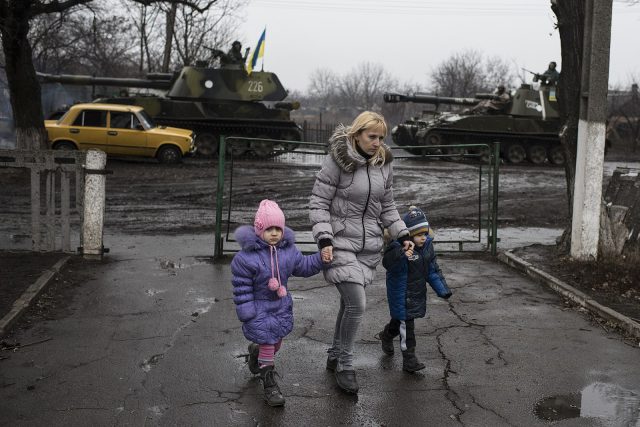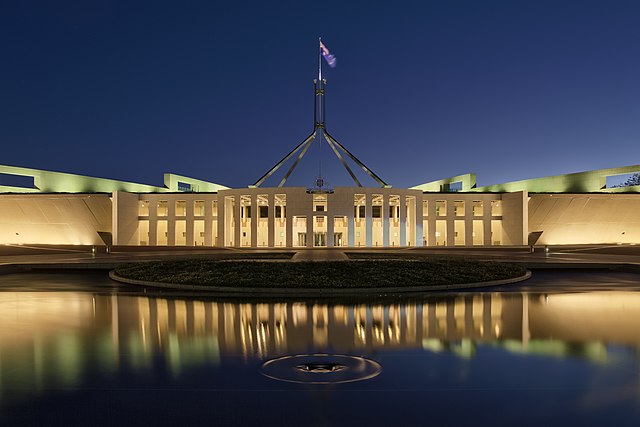For a certain type of investor, last year came as a relief. True, the losses were grim. But at least markets were starting to make sense. Over the previous decade, central banks had pumped out floods of new money to buy bonds. Interest rates were kept unnaturally low, or even negative. The result was an “everything bubble”, a speculative mania in which valuations surged everywhere from stocks to housing to baffling crypto assets. It was never going to end well, and in 2022 it didn’t: inflation killed off cheap money; the everything bubble popped; asset prices plunged. Some were even approaching rationality. A return to reassuringly dull investing—based on fundamentals, not hype—beckoned.
If this sounds familiar, and you were one of these relieved investors, you may have found yourself wrongfooted by developments over the past few months. It is not just stockmarkets, though both in America and globally they have risen to within striking distance of all-time highs. It is that risky assets across the board have proved astonishingly resilient to seemingly disastrous news. An index of American high-yield (or “junk”) bonds compiled by Bank of America suffered a peak-to-trough loss of 15% in 2022. It has since recovered half that loss. So has a similar index for junk bonds in Europe. The housing slump already shows signs of petering out, even though global prices have fallen by just 3% from their peak, or 8-10% adjusting for inflation, after a boom in which they rose at their fastest rate ever.
The biggest surprise is how well even more speculative assets have held up. Bitcoin—once an emblem of the cheap-money era, seen by many as a digital token with no intrinsic value—has proved indestructible. Anyone who bought it before 2021 and held on is once again sitting on a profit, albeit just a fraction of that which they could have booked two years ago. Even sales of non-fungible tokens, records that represent pieces of digital media, were 70 times higher in 2022 than in 2020, at $1.5bn.
In other words, the everything bubble in risky assets seems to have survived the return of inflation, rising interest rates, war in Europe and the threat of recession. Could anything pop it?
One oft-mentioned candidate is liquidity, which is draining from the financial system. The main exit pipes run to the Federal Reserve and America’s Treasury department. The Fed is sucking out $95bn a month by allowing some of its portfolio of Treasuries and mortgage-backed securities to mature without reinvesting the proceeds. The Treasury, by one estimate, must sell $1trn of new debt during the summer to rebuild its cash buffers after Washington’s debt-ceiling stand-off.
Most obviously, this depresses Treasury prices by increasing supply and removing the Fed as a monthly buyer. (Tellingly, government bonds are the one asset class to have barely recovered from last year’s shellacking.) By raising “safe” Treasury yields, this makes riskier assets relatively less attractive. It also means that investors, in aggregate, end up holding more Treasuries and less cash. As a result, they are less able to buy riskier assets even if their prices fall. The likelihood of a crash, and of it being a severe one, is therefore creeping up.
Such a crash is certainly not what markets are betting on. In fact, the vix, a measure of expected stock-price volatility, often dubbed Wall Street’s “fear gauge”, has this year fallen to its lowest since before the covid-19 pandemic. Yet analysts at ubs, a Swiss bank, point out that this is less reassuring than it might appear at first glance. They find that the vix has fallen mainly because correlations between stocks are unusually low, meaning their movements cancel each other out. Should they start moving in lockstep, volatility could suddenly jump, which is what has tended to happen after past spells of low correlation.
Meanwhile, as in any bubble, asset valuations have become maddeningly difficult to justify. America’s stockmarket, where the earnings yield of the s&p 500 index of major firms is now roughly level with the Fed’s risk-free rate, is the most audacious example. But it is not alone. The ubs team analysed prices across credit, commodities, stocks and currencies, backing out an implicit assumption that the world economy would grow at 3.6% per year. That is a little more than its long-term growth rate, and double its present one. Time to bet on a correction? Tempting, but perhaps more foolish than brave. Based on recent experience, everything bubbles can survive for an awfully long time.■




The Most Read
Сryptocurrencies
Bitcoin and Altcoins Trading Near Make-or-Break Levels
Financial crimes
Thieves targeted crypto execs and threatened their families in wide-ranging scheme
Financial crimes
Visa Warning: Hackers Ramp Up Card Stealing Attacks At Gas Stations
News
Capitalism is having an identity crisis – but it is still the best system
Uncategorized
The 73-year-old Vietnamese refugee is responsible for bringing Sriracha to American consumers
Uncategorized
Electric Truckmaker Rivian, Backed By Amazon, Ford, Raises Whopping $1.3 Billion